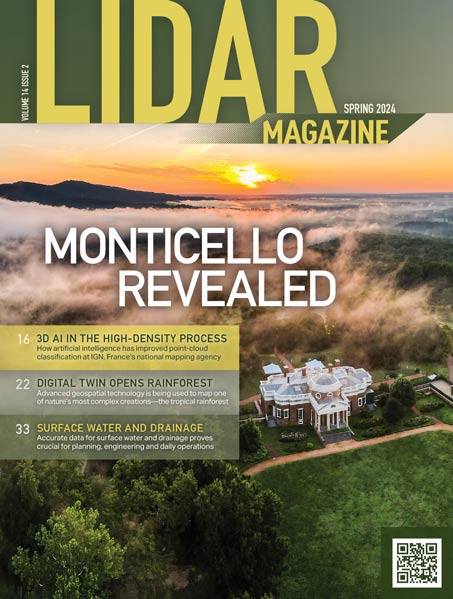Police conference at Silverstone gives officers practical experience
A collision reconstruction exercise using 3D laser scanning staged at Silverstone by Leica Geosystems showed police officers how the technology is being used to accurately record and process the data from the scene for evidence recording and presentation in court.
David Cooper OBE, Head of Roads Policy Development Team at the Department for Transport (DfT), together with 60 delegates from 25 police forces across the UK, attended the one-day event, which gave a full overview of the workflow processes involved in creating 2D plans through to full 3D visualisations.
Steve Edwards, senior collision investigator with Cambridgeshire Constabulary said the conference was very helpful in clarifying the complete workflow process.
Steve Edwards said, From my perspective, the demonstrations around the use of the software showed the full potential of the technology. This was exactly what I wanted to get from the day. The booklet of information provided for delegates to take away is also an excellent source of reference and it is refreshing to see some clear and transparent information on pricing.
An estimated 1bn loss to the economy each year is caused by road closures and delays on the major routes following a collision incident. Roads Minister Mike Penning has announced a 3m investment in laser scanners to begin to address this issue. The technology reduces the time it takes for investigators to map a collision scene so that road closures can be minimised.
Prior to the live field procedures, existing users at Humberside, West Yorkshire and West Midlands forces outlined their experience with the Leica ScanStation C10, explaining how the technology can be used as stand alone or integrated with their existing Total Stations and GNSS.
Tim Badley, sales manager at Leica Geosystems said, We have had very positive feedback from delegates because we gave a practical and comprehensive understanding of the hardware and software used at the scene and back at the office. Officers new to aspects of the technology certainly went away with the best information possible.
